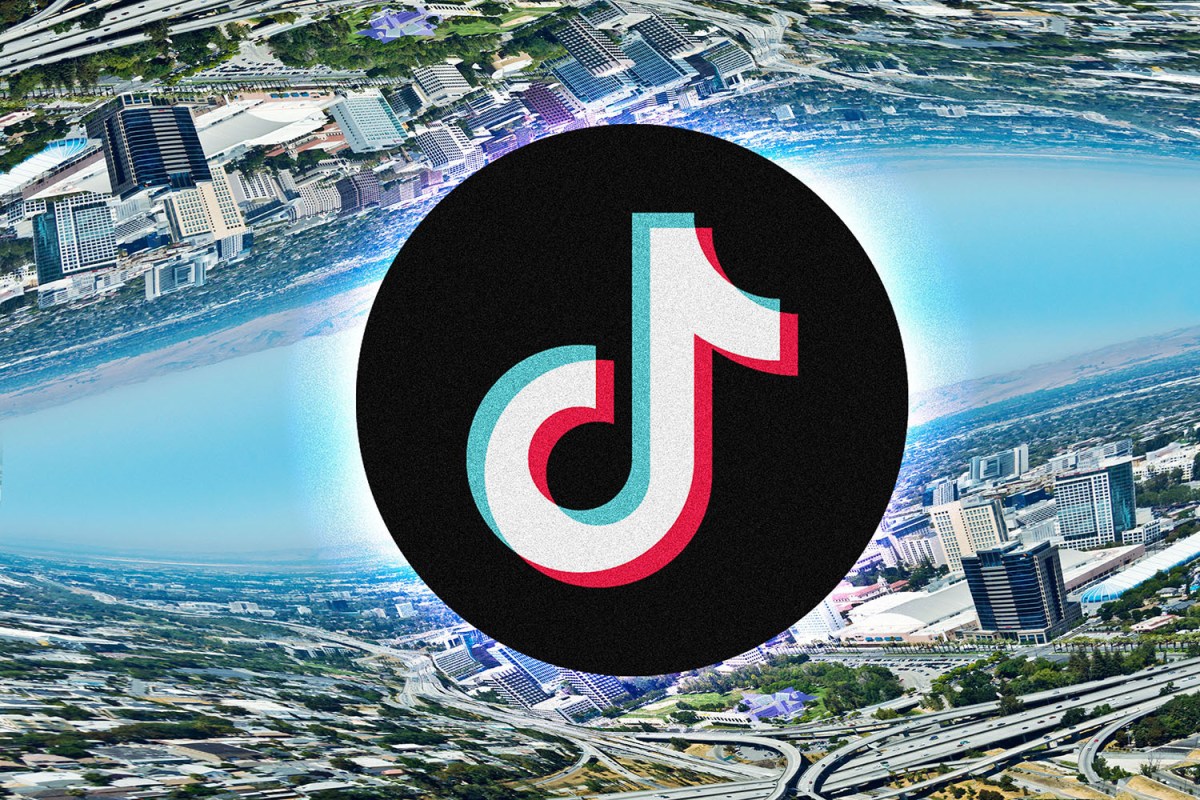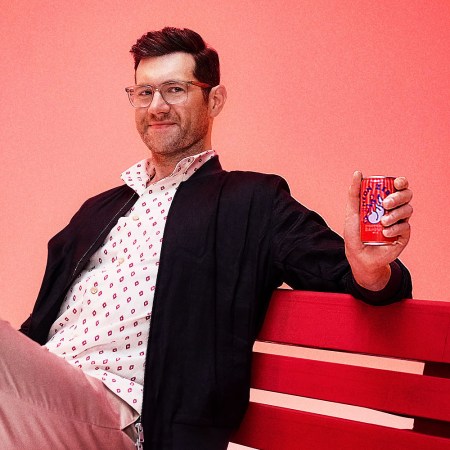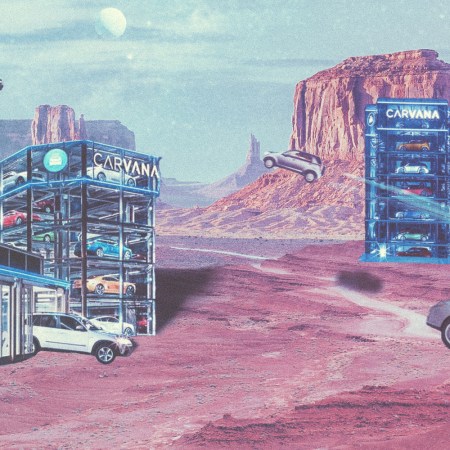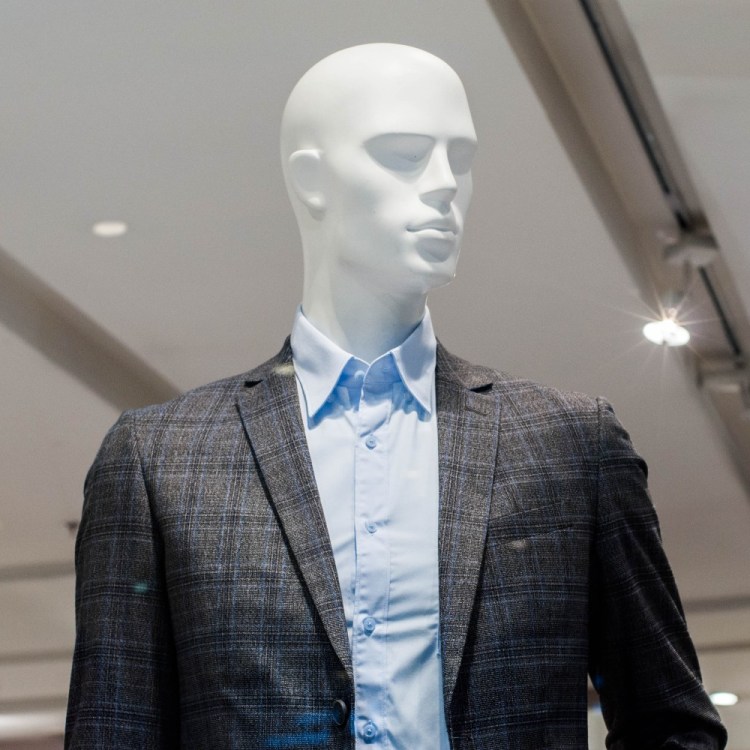Over the next two weeks, we’ll be publishing a series of interviews with thought leaders from a number of industries about the impact of COVID-19 and — more importantly — the improvements they expect to last well into the future. Get to know Post-Pandemic America.
On International Women’s Day this year, Burger King made a colossal blunder. The fast-food burger chain’s UK Twitter account tweeted: “Women belong in the kitchen.” But surprise! They weren’t actually using the misogynistic phrase in its typical misogynistic usage on a day to celebrate women, it was just an attention-grabbing slogan to unveil a new initiative created to get more female chefs in restaurant kitchens (Get it?). It can be assumed the tweet and campaign were meant to garner much more praise from the internet for being so clever and witty, and Burger King did in fact go viral, just for all the wrong reasons.
The incident prompted some Twitter users to reflect on how brands now present themselves on social media. “Brand Twitter” has had an interesting trajectory. As Vulture wrote back in 2019, “In the beginning, Brand Twitter lagged behind internet culture … But as marketers started hiring people who were Extremely Online, it caught up. Tweets became more self-aware and ironic, which led to increased visibility as well as criticism.” At first, seeing semi-serious brands engage in memes and say weird shit online was somewhat shocking and genuinely funny, with some companies like Wendy’s gaining reputations for “savagely” roasting people online. But as brands continued to try and “relate” to us consumers, the novelty wore off. Brands attempting to capitalize on current memes simply became cringe and eye-roll-inducing, so much so that memes like “silence, brand” were used in response to brands’ pandering.
With the emergence of TikTok and its success exacerbated by a global pandemic that kept people stuck at home and mindlessly glued to their phones, brands have started to move their relatability efforts onto the video-sharing app where a generation with rising purchasing power spends most of their time. And hey — it’s not all cringe. Some brands and organizations like the NBA, Chipotle and Target are actually creating appealing, on-trend content that doesn’t immediately make you want to gauge your eyes out.
Target, for example, utilizes an already popular TikTok trend: shopping hauls and product recommendations. Much of Target’s TikTok account, which has over 800k followers, consists of popular TikTokers shopping at Target and highlighting items you “need.” Fast-casual Mexican restaurant chain Chipotle has also found success on the app, becoming the first restaurant brand to break 1 million followers and 20 million likes. Like Target, Chipotle uses well-known TikTokers to promote the brand and manages to capitalize on current TikTok trends without getting all, “How Do You Do, Fellow Kids?”
“We avoid coming off as ‘trying too hard’ because we always strive to be a first mover. If we see a trend brands have already activated on, we will hold off on inserting ourselves into the conversation,” explains Tressie Lieberman, Vice President of Digital Marketing and Off-Premise at Chipotle.
Chipotle was one of the first companies to start utilizing TikTok as a social marketing tool, and Lieberman says this has allowed the brand to experiment on the platform and build relationships with other TikTokers. Now, the video-sharing app is Chipotle’s biggest social platform with more than 1.5 million followers and 27.4 million likes.
When the pandemic shifted consumer behavior, Chipotle built brand awareness with campaigns ranging from free delivery to TikTok digital menu hacks. Lieberman says the brand found success in recipe-type TikTok videos, unsurprising considering the pandemic has revealed TikTok to be an arbiter of kitchen trends. Now-viral TikToks explained how to make Chipotle’s corn, guac and white rice with ingredients you have at home. “We’ve focused on making these recipe videos feel native to TikTok by integrating unexpected twists like narration or low-fi animation that resonate with TikTok users and allows us to engage with fans in a fun way,” says Lieberman.
TikTok also played an integral role in bringing Miley Cyrus’ go-to Chipotle order to the Chipotle menu back in December. TikTok users began an “If Miley Cyrus comments, I’ll do something” challenge that the brand moved swiftly on. “We created our very own ‘If Miley Cyrus comments, we’ll make a Miley burrito in our app’ video. Miley immediately commented her favorite order and the ‘Guac Is Extra But So Is Miley Burrito‘ became an official limited-time menu item,” says Liberman who adds that the collaboration and announcement generated more than 500,000 social engagements and 1.4 billion earned impressions.
Lieberman also notes that Chipotle’s social presence and influencer partnerships are leveraged to drive culture and build brand affinity among Gen-Z.
“We prioritize Gen-Z as our target audience because we know they dictate social trends and have rising purchasing power.”
To say Gen-Z and TikTok dictate trends almost seems like an understatement. Viral TikToks have sold out entire skincare lines, makeup products and pairs of leggings. There are popular TikTok accounts solely devoted to reviewing and recommending Amazon products. Some brands are even now noting a product’s TikTok virality in its item description. To not be on TikTok is simply a bad marketing strategy, and it’s no surprise every time I open the TikTok app, there is more and more sponsored content on my feeds.
There is still time for brands to muck this up and for “Brand TikTok” to become something we all roll our eyes at, but for now, it seems many companies have taken into consideration the style of content that works best on TikTok, and it’s working. As long as TikTok sustains its immense influence over trends and consumer goods, more brands will undoubtedly start to pivot their digital marketing strategies towards the video-sharing app. If anything, though, post-pandemic will certainly see companies taking more risks when it comes to their social strategies, whether internet users like it or not.
“The attention economy is competitive with brands vying for consumers’ time and engagement against countless creators, media outlets and digital activities,” says Lieberman. “To break through the noise, brands must be more willing to invest in social and experiment on new platforms.”
This article was featured in the InsideHook newsletter. Sign up now.
























